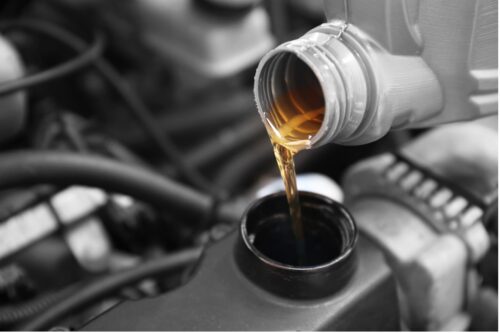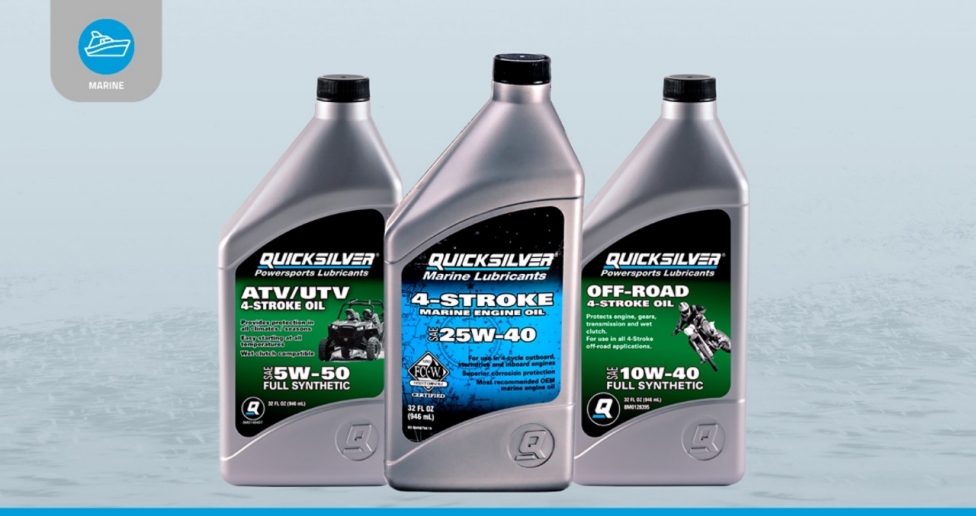Engine oil is vital for the smooth operation and longevity of your vehicle. It lubricates the engine, reduces friction, and helps dissipate heat. But when should you top up the engine oil? Is it better to do it when the engine is hot or cold? Let’s find out.
Hot or Cold? The Best Time to Top Up Engine Oil
There is often confusion about whether to add oil when the engine is hot or cold. The general consensus among experts is that you should check and top up the engine oil when the engine is cold. This allows the oil to settle and gives you a more accurate reading.
Here are a few reasons why it is recommended to top up engine oil when the engine is cold:
- The oil has had time to drain back down to the oil pan, providing a more accurate measurement of the oil level.
- Hot oil expands, which can give a false high reading on the dipstick.
- Adding oil when the engine is hot may result in overfilling, which can lead to increased oil pressure and potential engine damage.
So, the best time to top up engine oil is when the engine has been off for a while and has cooled down completely. This ensures accurate measurement and prevents overfilling.

Credit: www.reddit.com
How to Top Up Engine Oil
Topping up engine oil is a simple process that can be done in a few minutes. Here’s a step-by-step guide:
- Make sure your vehicle is parked on a level surface and the engine is turned off.
- Open the hood and locate the oil dipstick. It is usually marked with a bright-colored handle.
- Remove the dipstick and wipe it clean with a cloth or paper towel.
- Insert the dipstick back into the tube fully and then remove it again to check the oil level.
- If the oil level is below the recommended range, it’s time to top up.
- Using a funnel, pour the recommended type and amount of oil into the oil filler cap, which is usually located on top of the engine.
- Replace the oil dipstick and make sure it is securely in place.
- Start the engine and let it run for a few minutes, allowing the oil to circulate.
- Turn off the engine and wait for a few minutes to let the oil settle.
- Finally, check the oil level again to ensure it is within the recommended range.
Remember, it’s important not to overfill the engine with oil, as this can cause damage. Follow the manufacturer’s guidelines and consult your owner’s manual for the correct type and amount of oil to use.

Credit: www.coxmotorparts.co.uk
Regular Oil Checks and Changes
Topping up engine oil should not replace regular oil checks and changes. It is important to regularly check your engine’s oil level and quality and change the oil according to the manufacturer’s recommendations.
The frequency of oil changes depends on various factors such as the type of oil used, driving conditions, and the age of your vehicle. Generally, it is recommended to change the oil every 3,000 to 5,000 miles or as specified in your owner’s manual.
| Benefit | Description |
|---|---|
| Optimal engine performance | Regular oil changes help ensure that your engine is properly lubricated, minimizing friction and maximizing performance. |
| Improved fuel efficiency | Clean and fresh oil reduces engine drag, resulting in improved fuel efficiency. |
| Extended engine life | By keeping your engine well-lubricated, regular oil changes can help extend its lifespan. |
| Prevention of engine damage | Old and contaminated oil can lead to sludge buildup, which can clog the engine and cause damage over time. |
Bottom line, it’s essential to check and top up engine oil when the engine is cold. Regular oil checks and changes are also crucial for maintaining the health and performance of your engine. Follow the recommended guidelines and consult a professional if you have any concerns or questions.
Read More:


